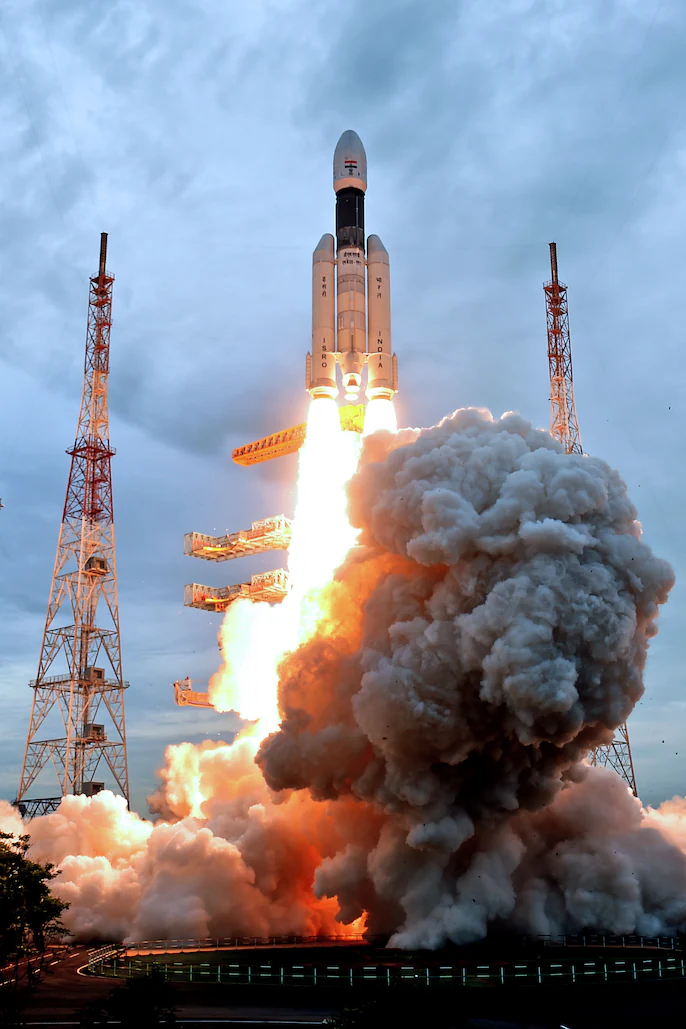Amrutha Avasarala, Pune
Russia’s Luna-25 spacecraft to the moon has crash landed on the moon’s surface on Sunday.
“The apparatus moved into an unpredictable orbit and ceased to exist as a result of a collision with the surface of the Moon,” Roskosmos said.
The spacecraft entered an uncontrolled orbit, which led to a crash into the moon. The agency reported an abnormal situation in bringing the spacecraft into the pre-landing orbit and soon lost contact with it on Saturday. The agency tried restoring contact but failed to do so.
In a telegram post, Roscosmos said, “During the operation, an abnormal situation occurred on board the automatic station, which did not allow the maneuver to be performed with the specified parameters.” and “On August 19, in accordance with the flight program of the Luna-25 spacecraft, it was planned to issue an impulse to form its pre-landing elliptical orbit. At about 14:57 Moscow time, communication with the Luna-25 spacecraft was interrupted. The measures taken on August 19 and 20 to search for the device and get in contact with it did not produce any results.”
While not mentioning the technical issue in placing the spacecraft into the right orbit, it was said that an Interdepartmental Commission would investigate the actual reason behind the crash and failure of Luna-25.
This mission came 47 years after Luna-24 in 1976. The spacecraft was launched on the 11th of August and was expected to land on the moon’s south pole on August 21st. The spacecraft has to carry out its mission on the moon for a year collecting soil samples and looking for water. Scientists suspect the presence of frozen water and precious elements on the moon’s surface.
Russia’s failure in landing on the moon is leading to its decline in space glory of the Cold War period. Amid many tensions in its region, the crash landing added to Russia’s distress. This is a major setback to the nation.
The US, China, and the Soviet Union are the only countries that could successfully land on the moon. Luna-25 was set to pose competition to Chandrayaan-3 launched by India on 14th July. With the crash of Luna-25, all eyes turned towards Chandrayaan-3.
